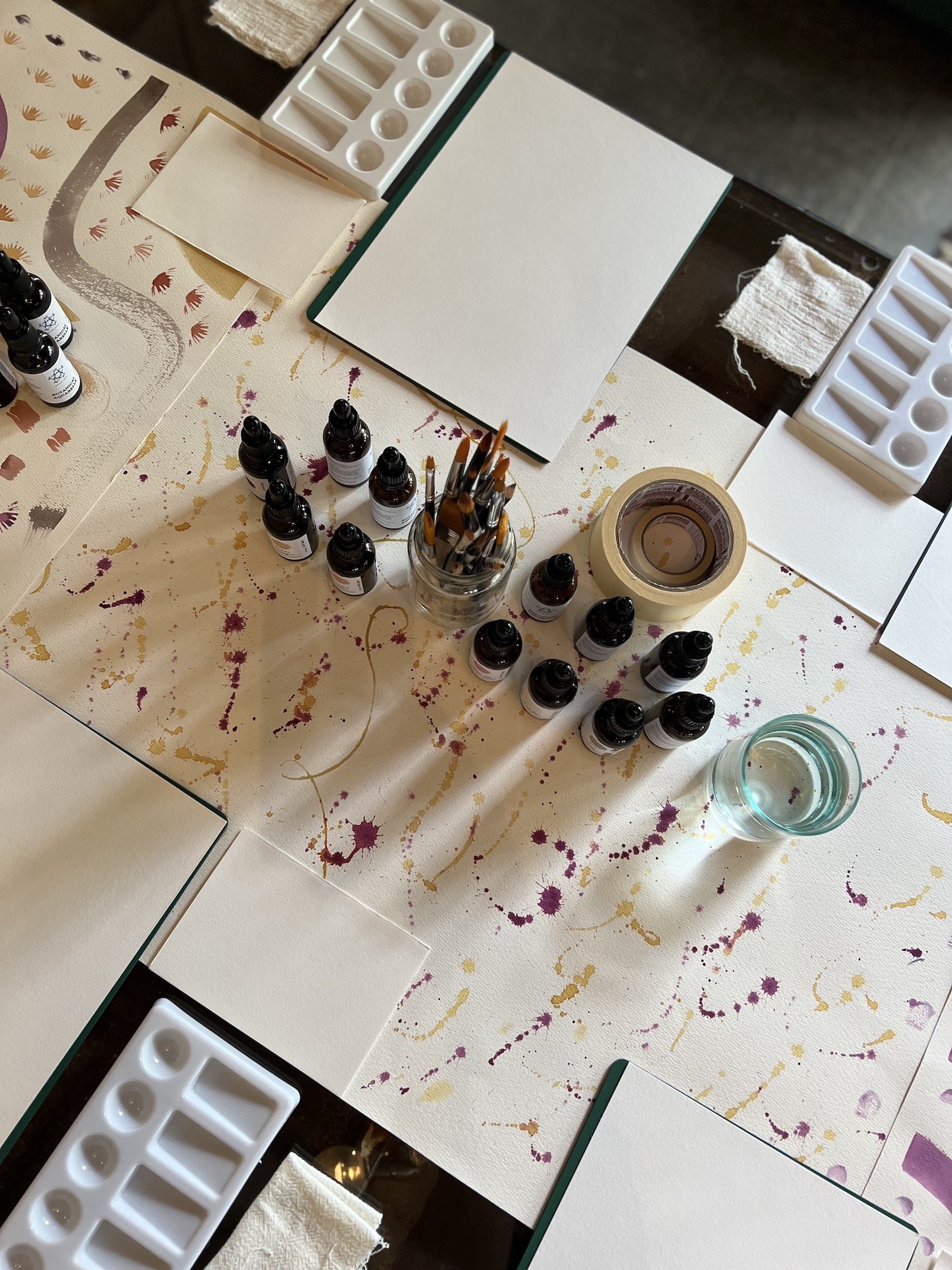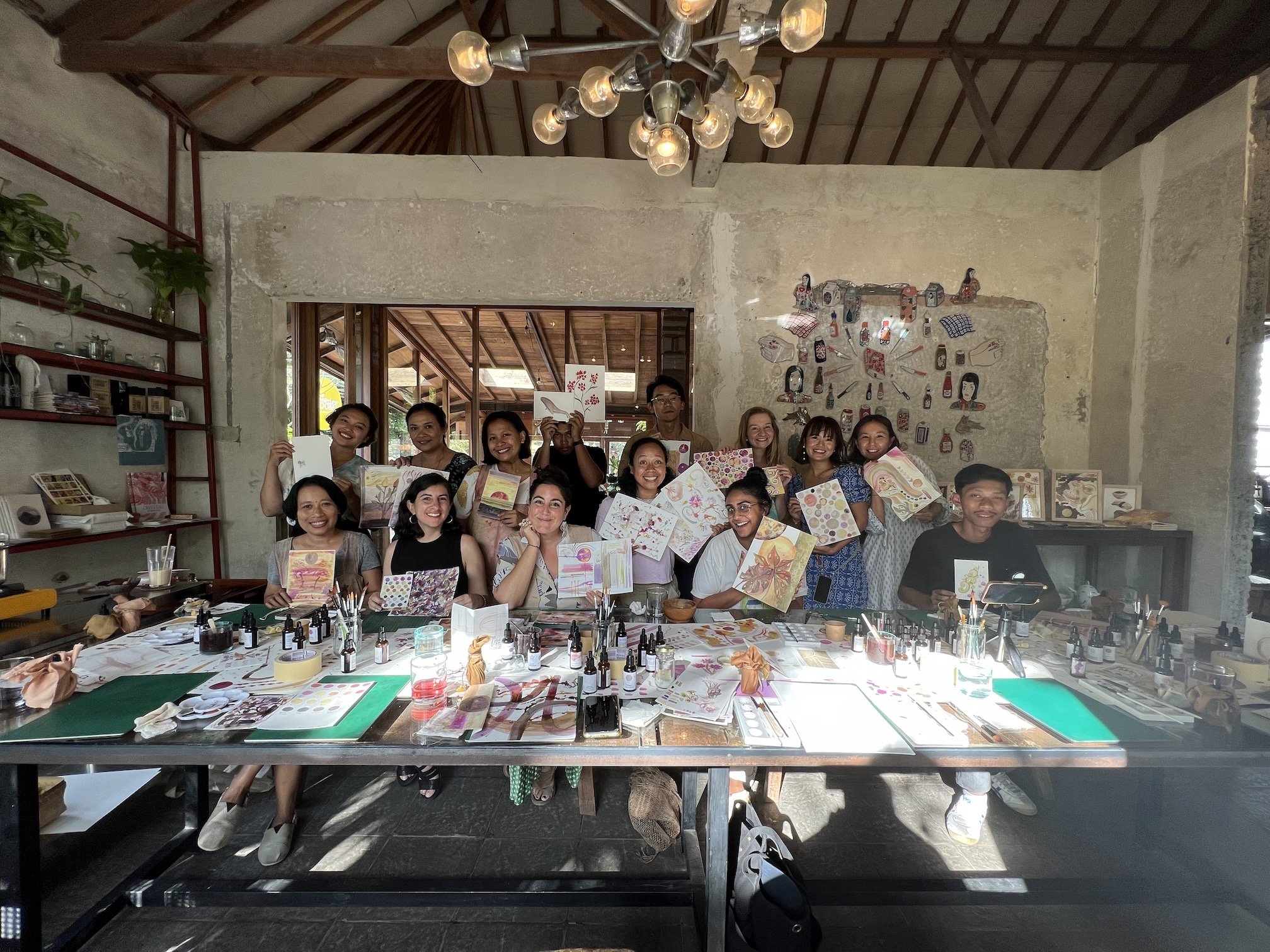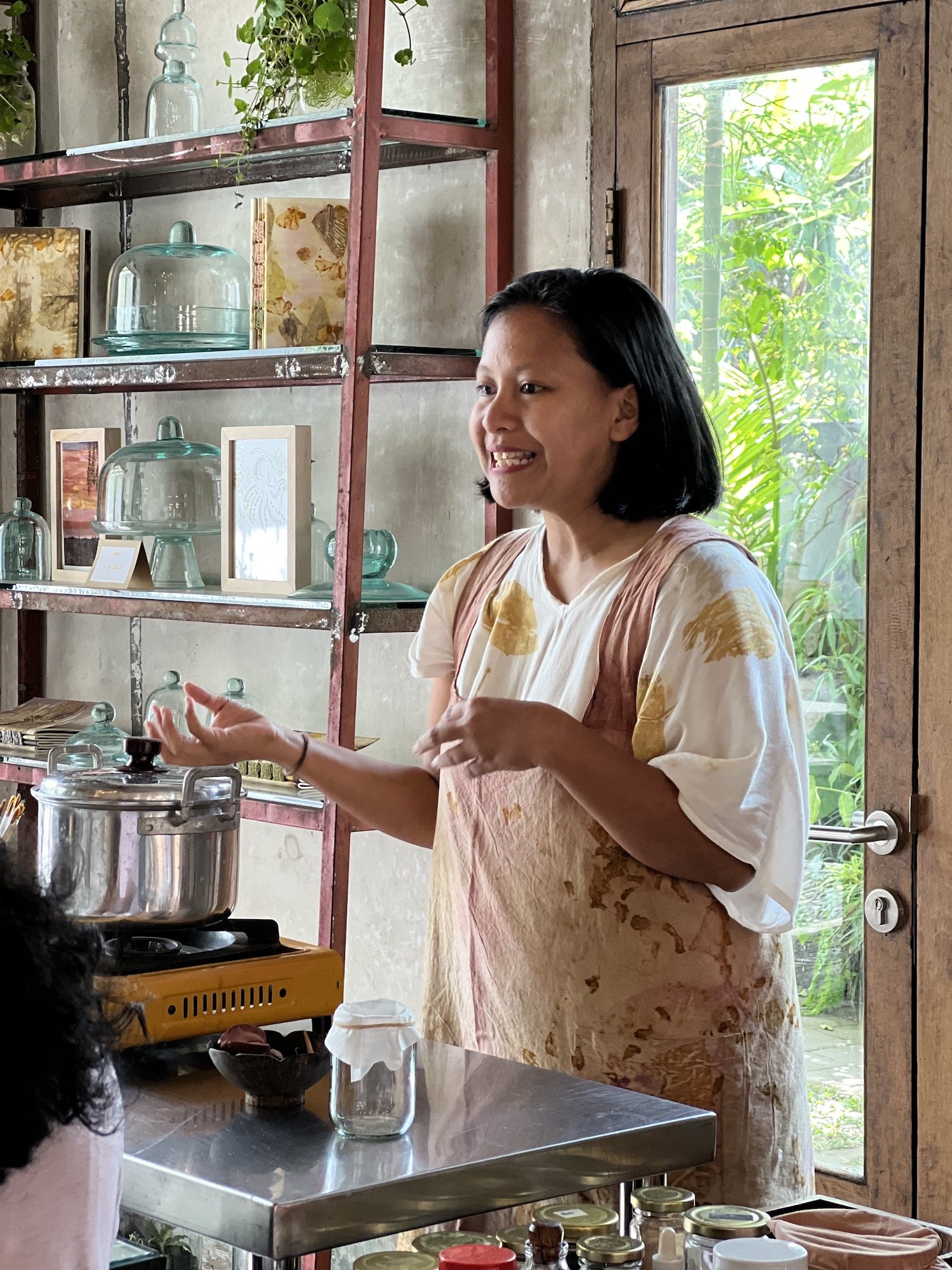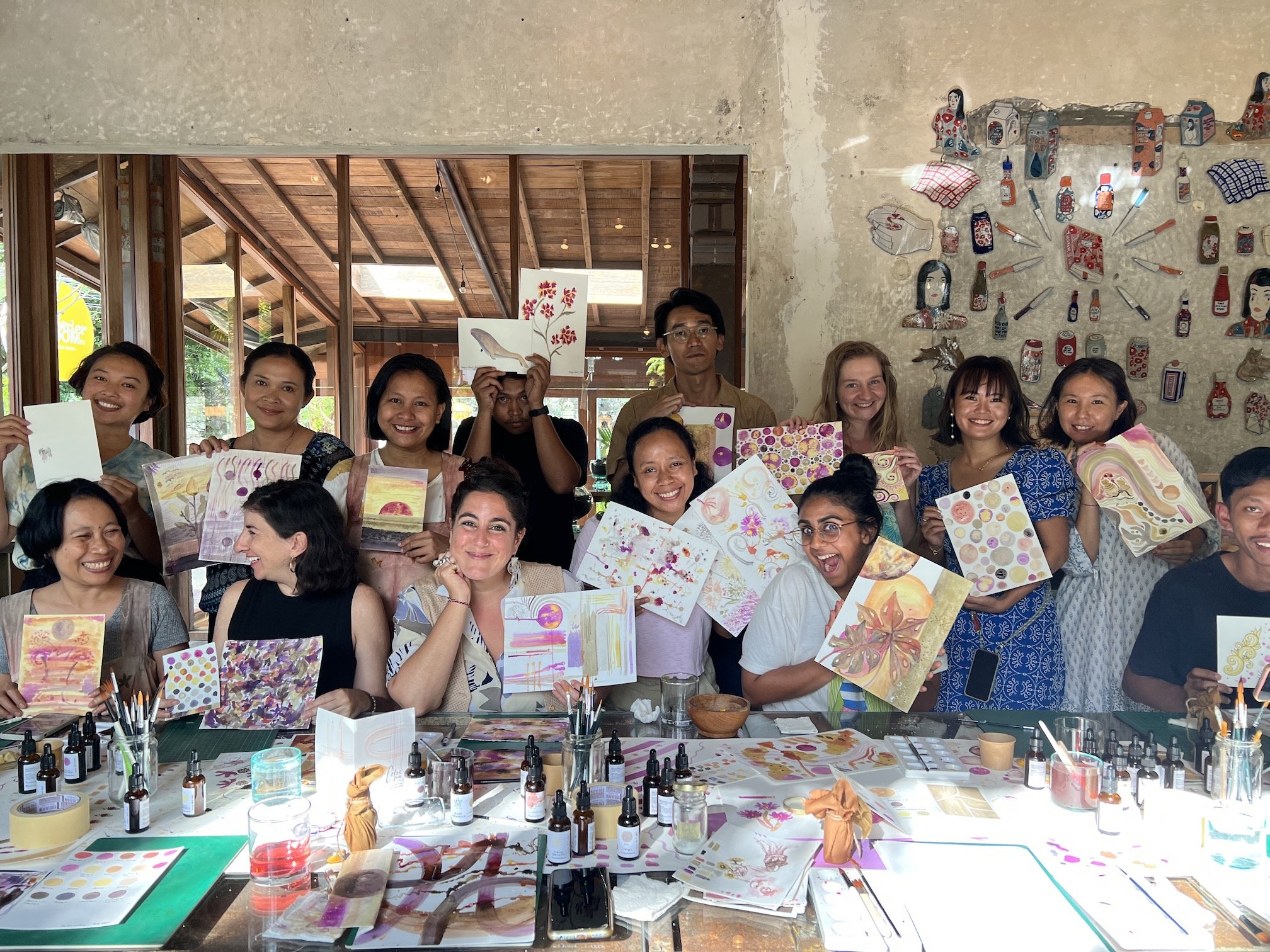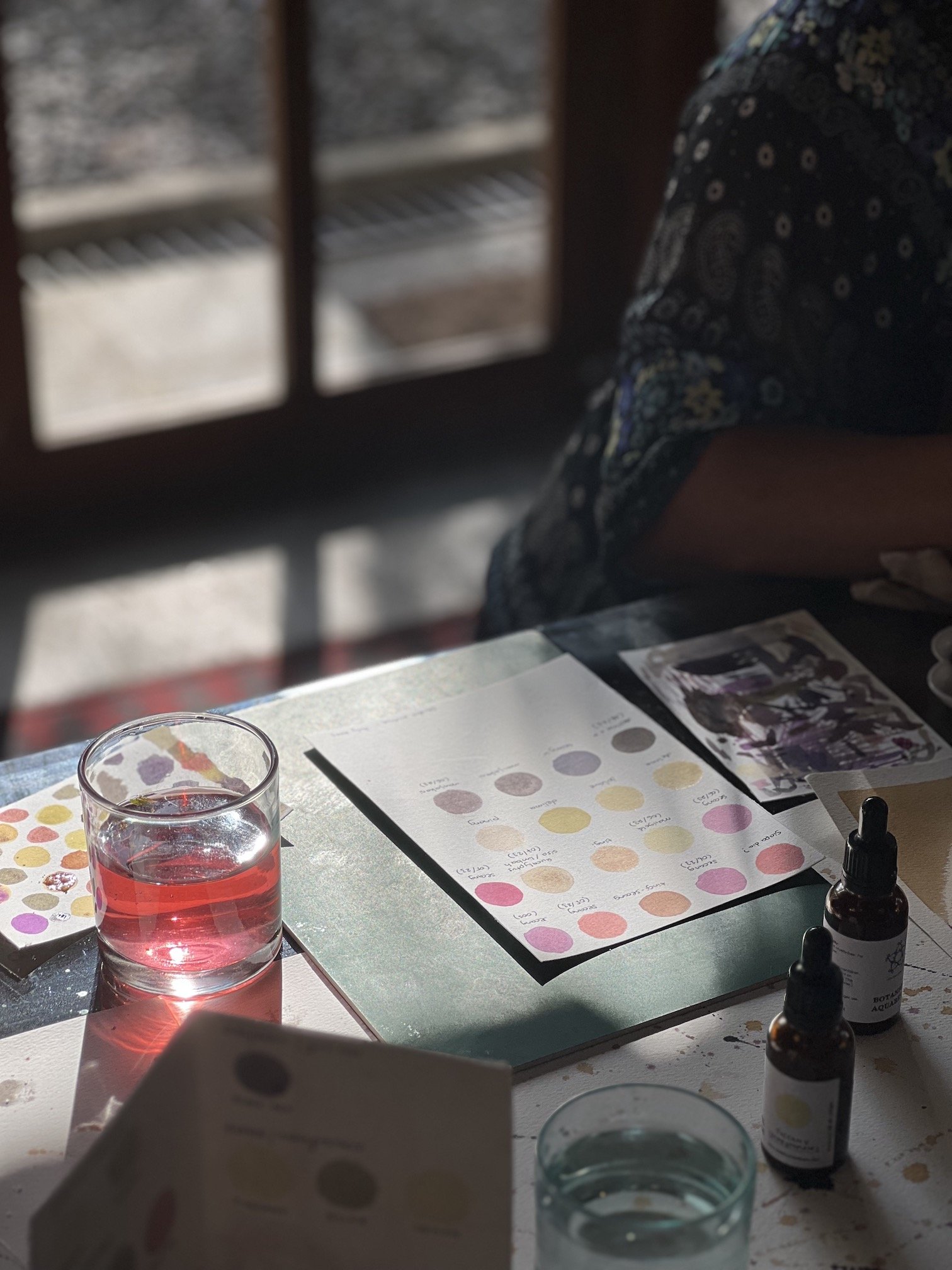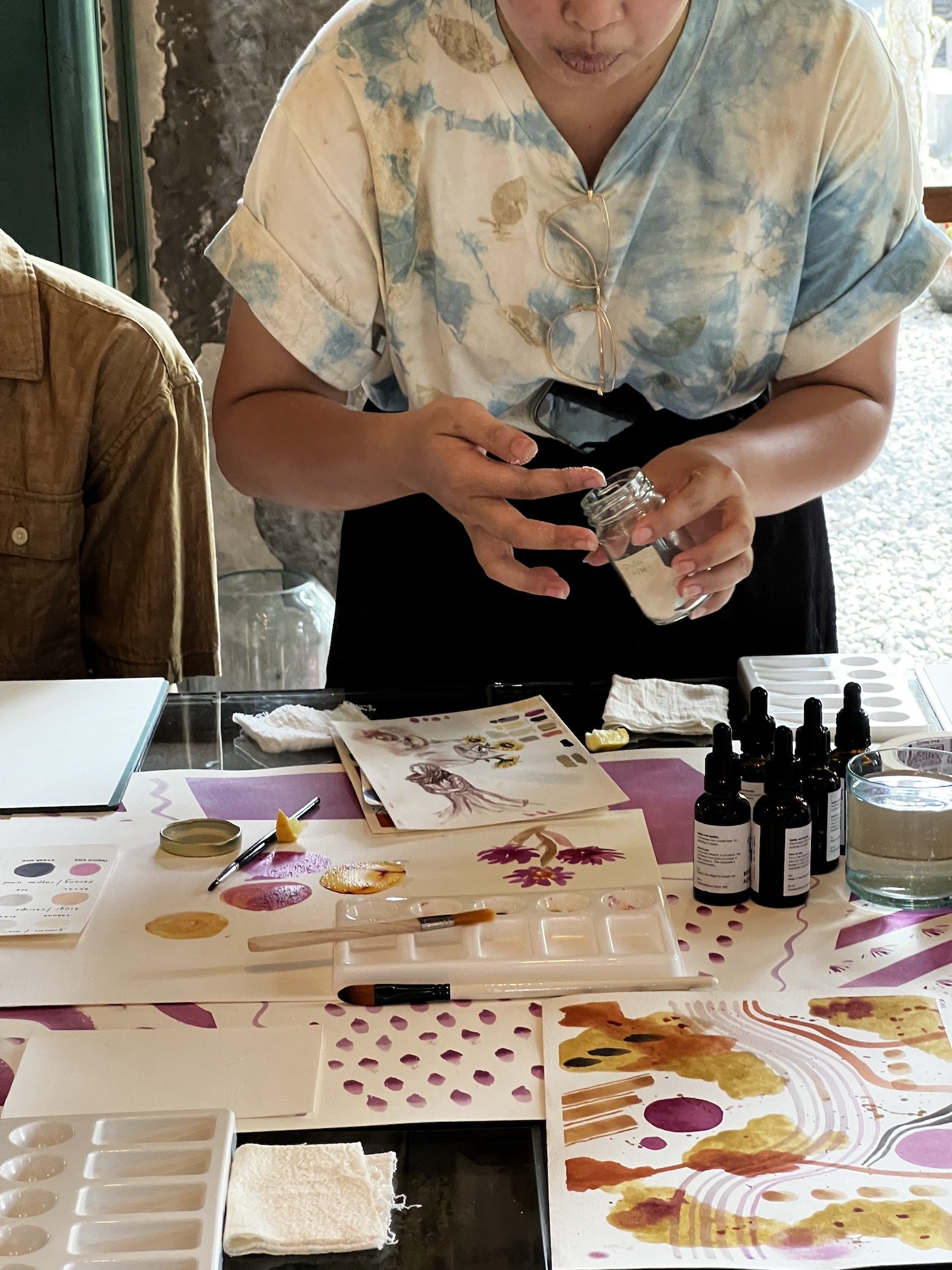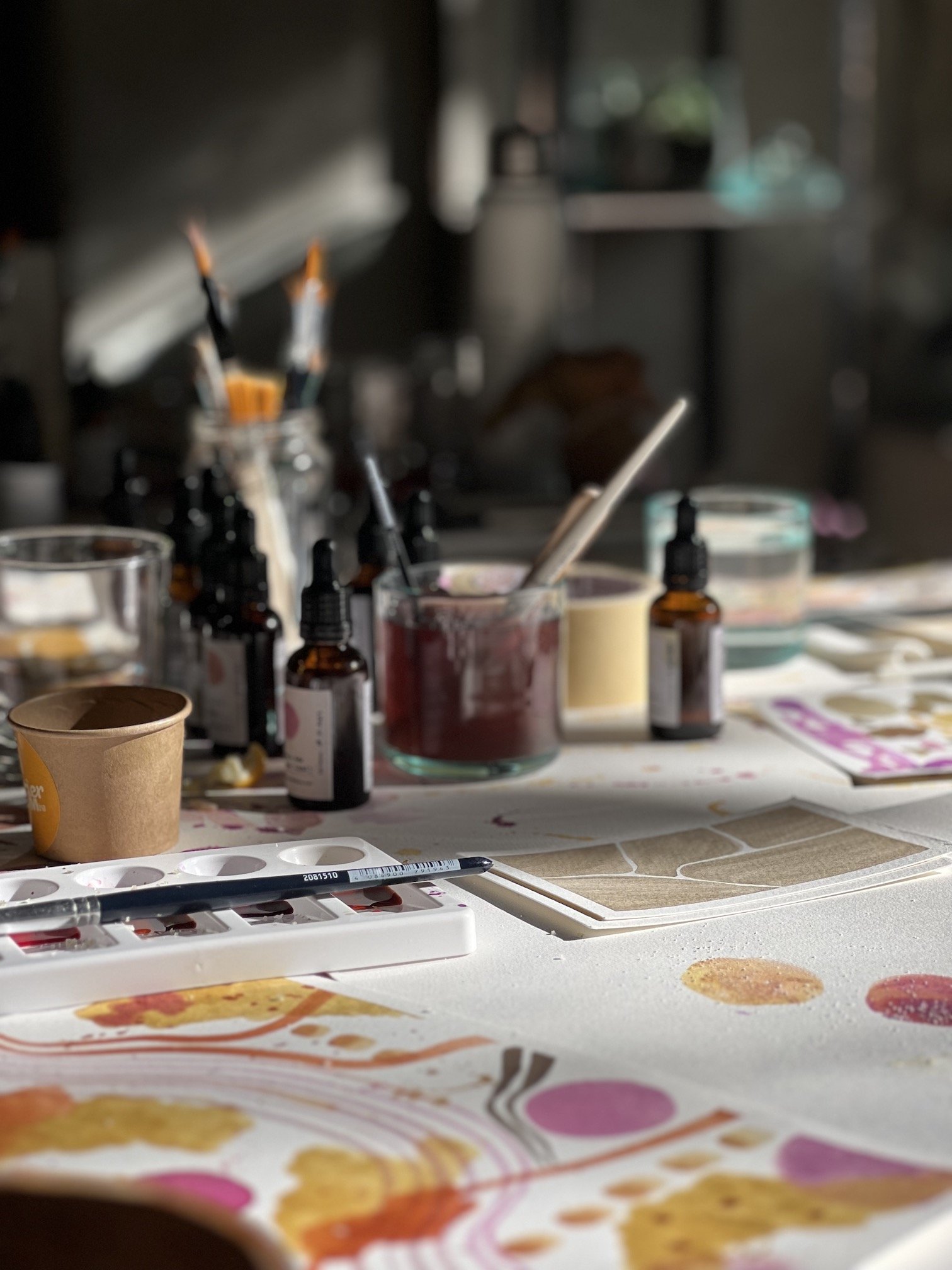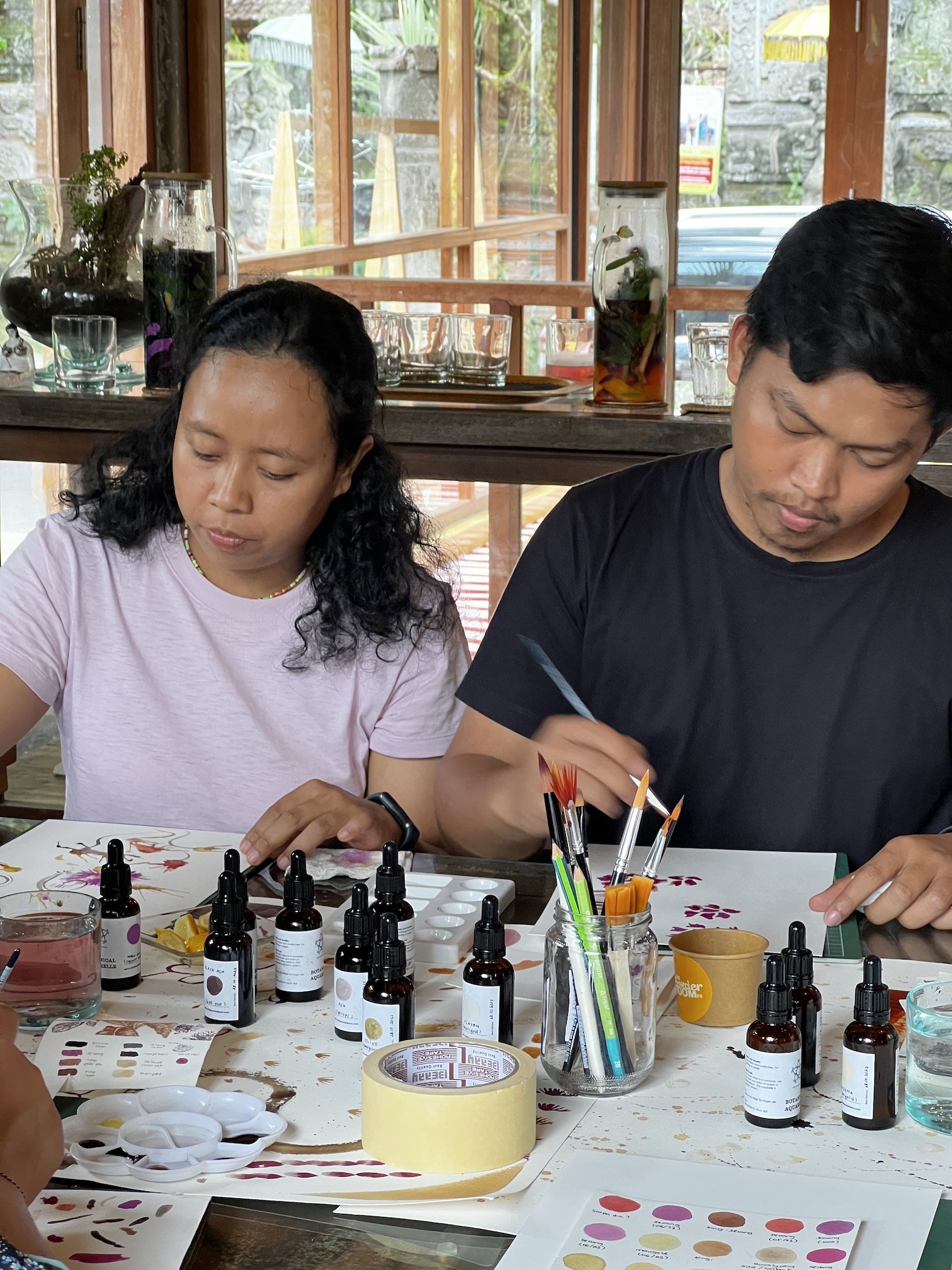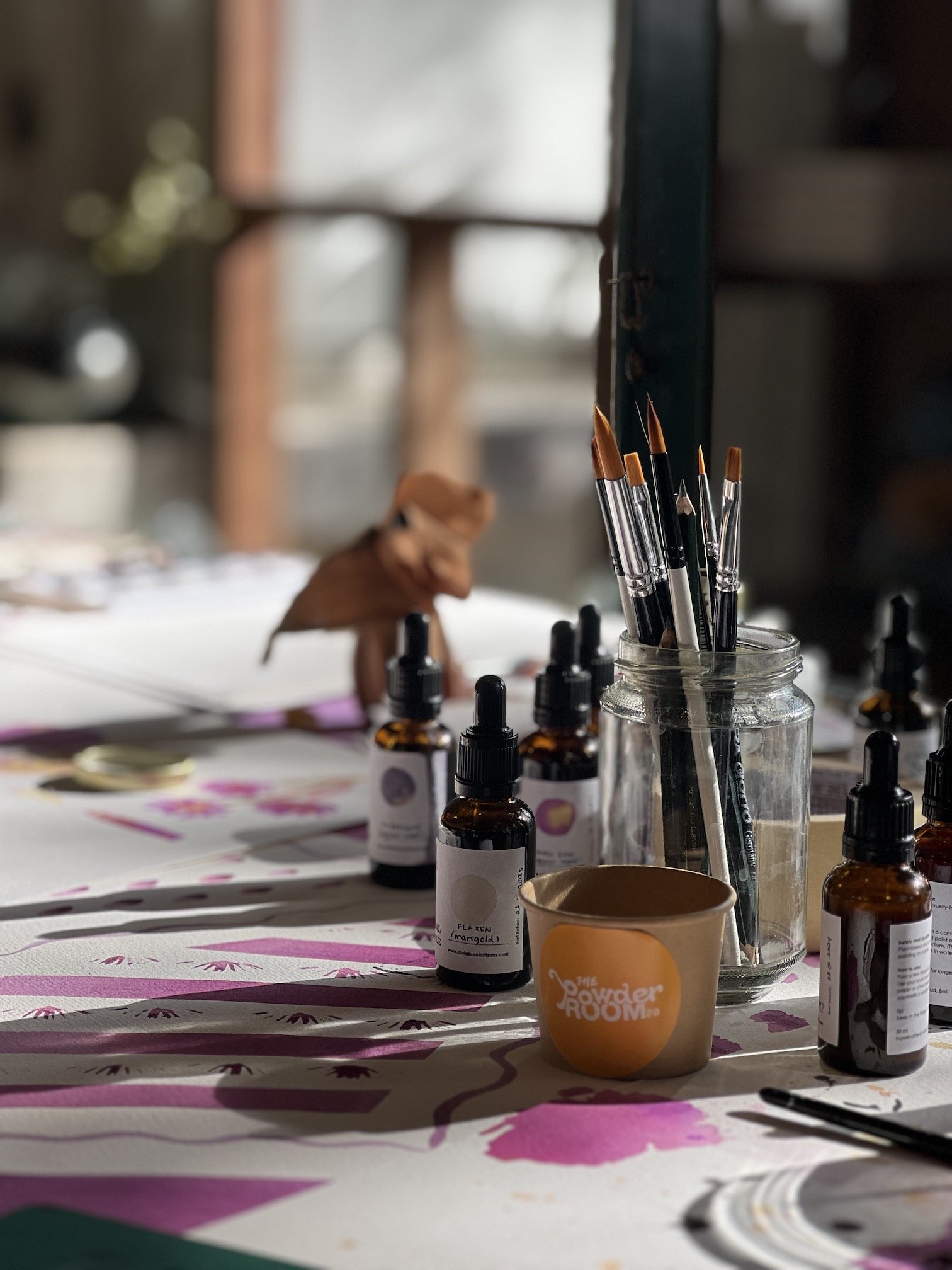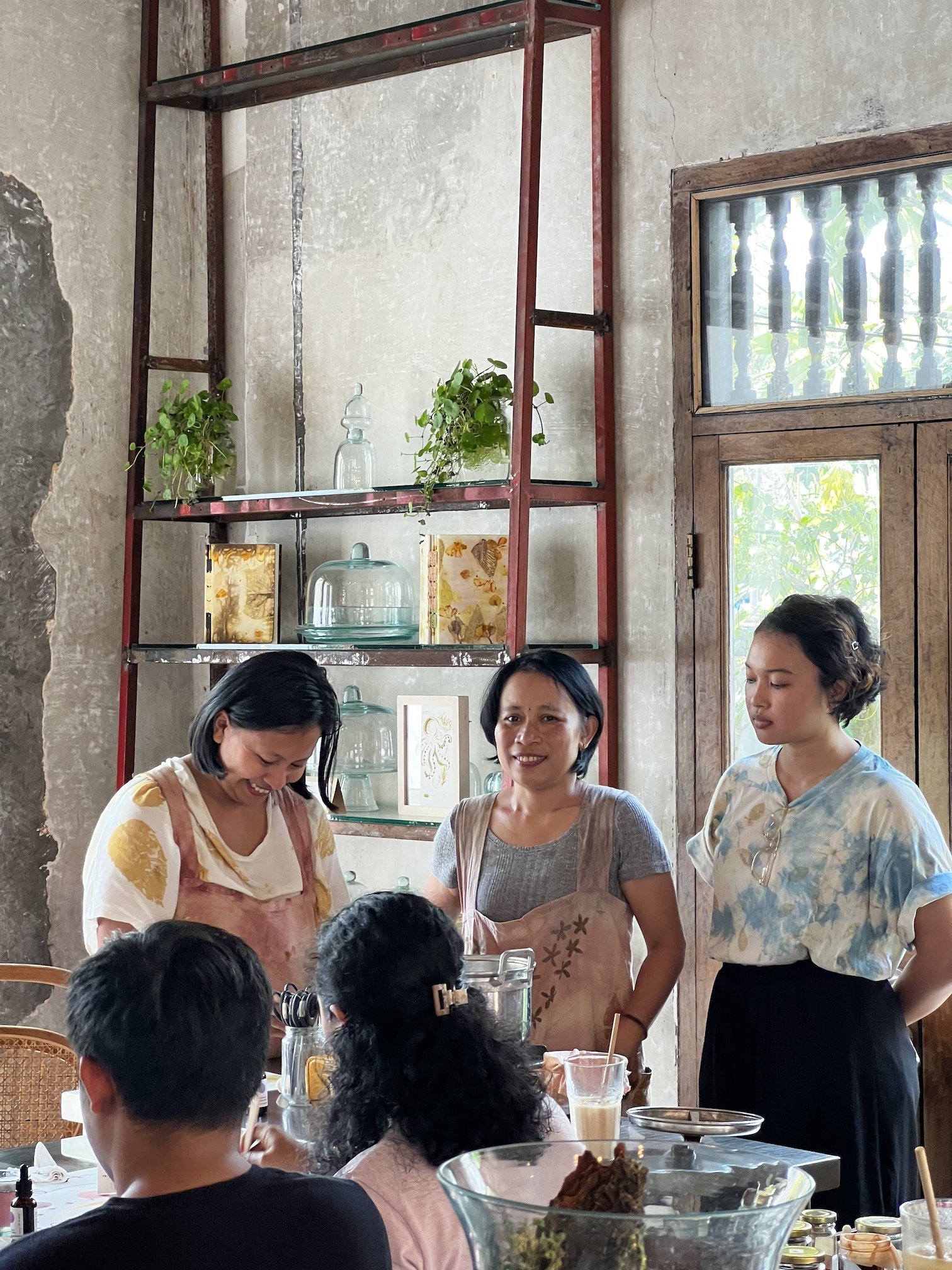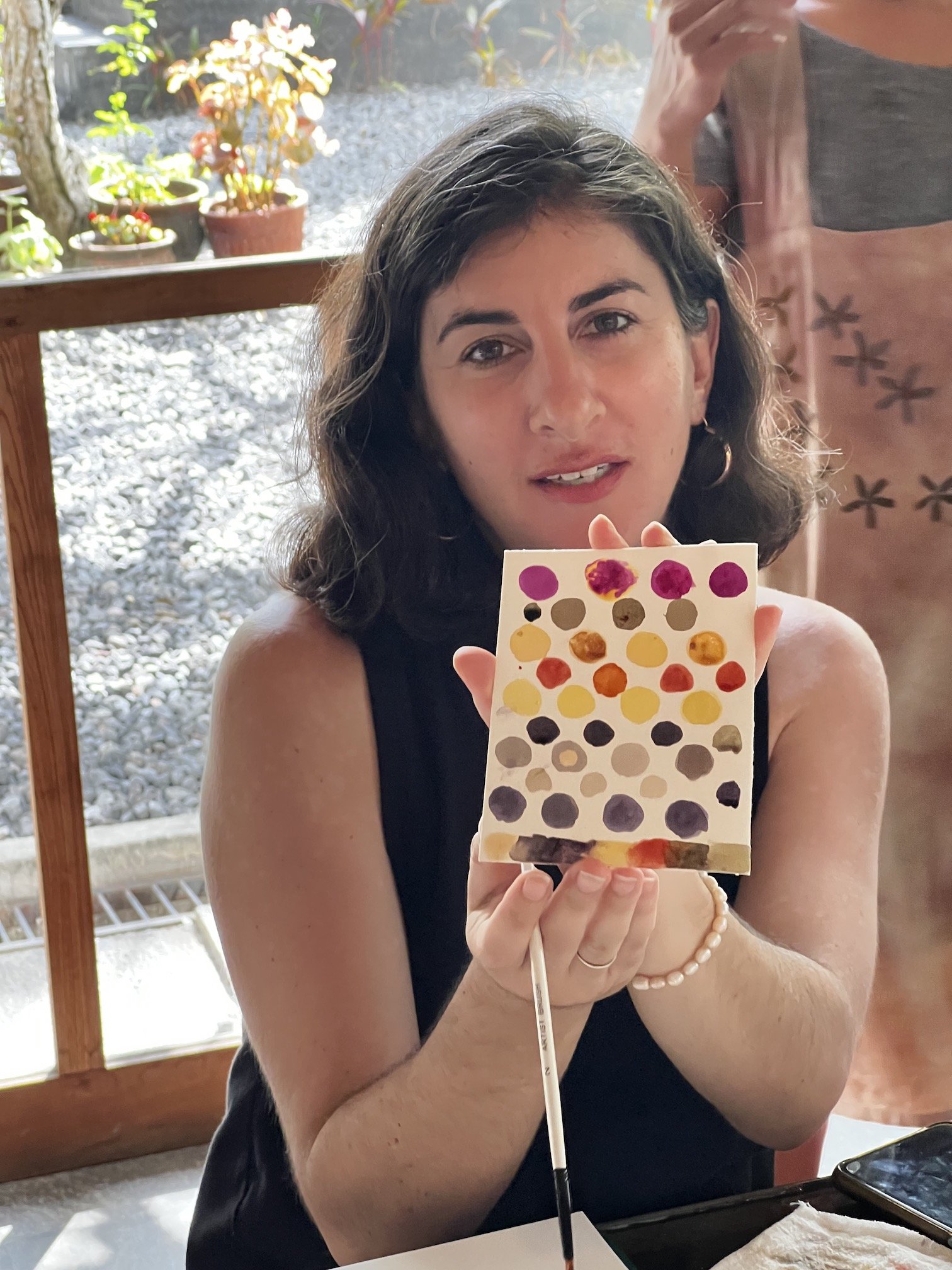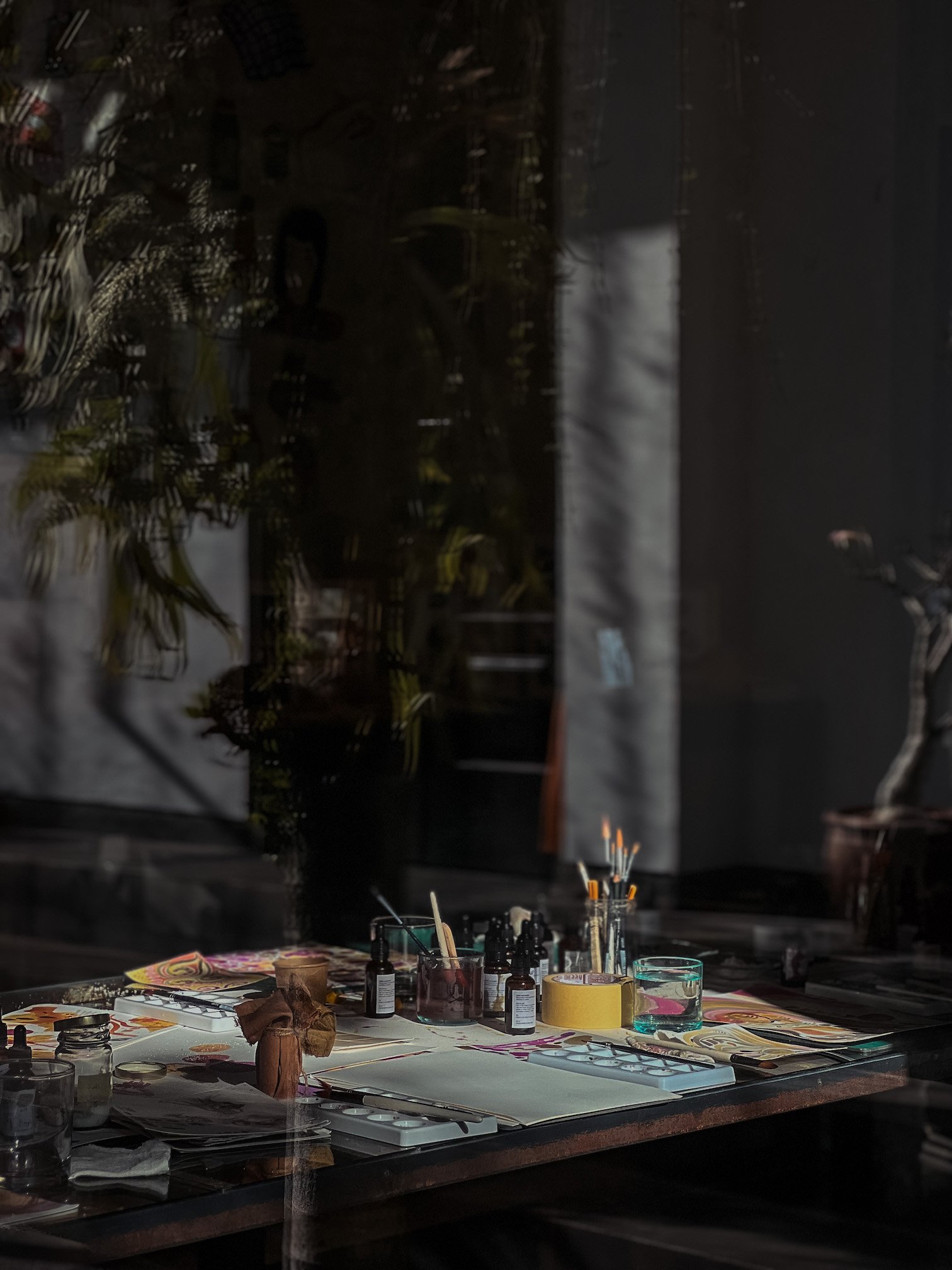What inspired you to build Cinta Bumi Artisans and how did it start?
Tourism is my background. I was born, grew up, and worked in Jakarta as a tour program manager until 2009. Then I decided to move Bali since I really need something new in my life. At that time, I had an opportunity to work at Green School for a year and then the Odyssey Institute. My husband had a project to build a school for women in Poso, The Mosintuwu Institute, and we were both invited to Poso. The Mosintuwu Institute is a grassroots community organization whose members consist of Poso conflict survivors. At first, I thought I would come to a scary conflict area but it all changed when I arrived. Who knew that that would be the beginning of Cinta Bumi Artisans.
I was introduced to the Founder of the Mosintuwu Institute and asked to make a tourism program. So I stayed there 3 months to collect information with people there. One day, a man, who is now our artisans coordinator, took me to the rice fields where I could hear sound of hammering. It was in Lembah Bada, part of the National Park of Lore Lindu. I was so surprised seeing the women making ranta (barkcloth). The man said that I was so lucky because there were less than 10 people who could still do that.
They told me that they were making cloth for a ceremony and sometimes they make it for government tourism exhibitions too. But I’d never seen anything like this before, so I asked if I could buy a meter of textile to make something.
At that time, I travelled to Poso and Bali every 2 months. I usually stayed longer in Poso. So I made a bag fro ranta and even colored a part of it using natural dyes. When they saw the bag, they didn’t believe it was made from their ranta. So I proposed to work together with them - it was totally their decision to form the partnership. It’s their tradition, they do it from generation to generation, and I am just a women from a different background who fell in love with indigenous craftsmanship.
I encouraged myself to join the Pasar-Pasaran event in Ubud in 2016, officially launching the brand. For a year, we were focuses only on barkcloth until we faced a challenge. We had been working with 4 villages in Lembah Bada who always planted and harvested sustainably. Cinta Bumi Artisans always takes it in turn to source the barkcloth from different villages so that the trees have time to grow the bark back. It takes months to grow 40-50 meter per village per season. For a piece of 1x1 meter, the women work for 2 weeks.
However, the problem is most of the people don’t want to replant the trees. Especially the young generations. They tend to choose to work for the palm oil and mining companies because of the fast money they can get. I think that it would be really good for them replant, to take care of the trees, and maybe someday they can revive the barkcloth tradition and manage it for their economic and cultural sustainability. The paper mulberry tree (the barkcloth tree) was used to be endemic, even in Bali, but because of the clove plantations that massively established in Bali, they become rare. So the replanting is still the issue.


